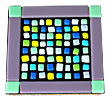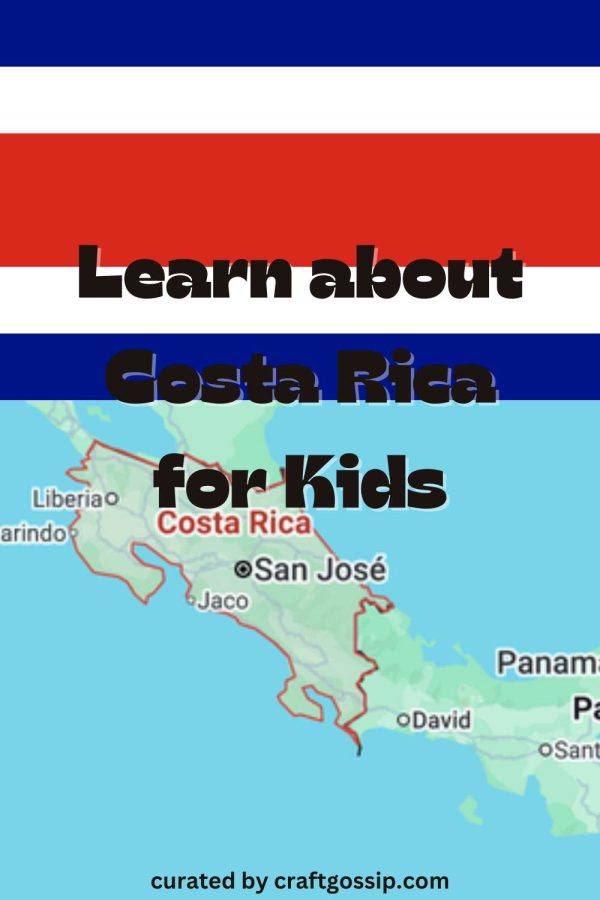 Here’s another of my, “While I was in Las Vegas at Glass Craft” posts. What can I say, there was a lot to see. So I picked up some project sheets to share with all of you from Spectrum Glass. It’s part of their System 96 Glass Craft Program and this little fusing project is a glass coaster called Mediterranean Mosaic. It’s a simple beginner’s fusing project that can be done in a small kiln. Over at their web site they have this project and as well as a number of others. Here’s something to keep in mind with this project. You can use other glass for it but you must make sure the glass you use is compatible. System 96 has a COE of 96 and if you use COE 90 you’ll need to use that. I’m not saying you can’t use 96 but you can’t mix 96 and 90. The glass must match. But other than that have fun with this cute little tutorial.
Here’s another of my, “While I was in Las Vegas at Glass Craft” posts. What can I say, there was a lot to see. So I picked up some project sheets to share with all of you from Spectrum Glass. It’s part of their System 96 Glass Craft Program and this little fusing project is a glass coaster called Mediterranean Mosaic. It’s a simple beginner’s fusing project that can be done in a small kiln. Over at their web site they have this project and as well as a number of others. Here’s something to keep in mind with this project. You can use other glass for it but you must make sure the glass you use is compatible. System 96 has a COE of 96 and if you use COE 90 you’ll need to use that. I’m not saying you can’t use 96 but you can’t mix 96 and 90. The glass must match. But other than that have fun with this cute little tutorial.
